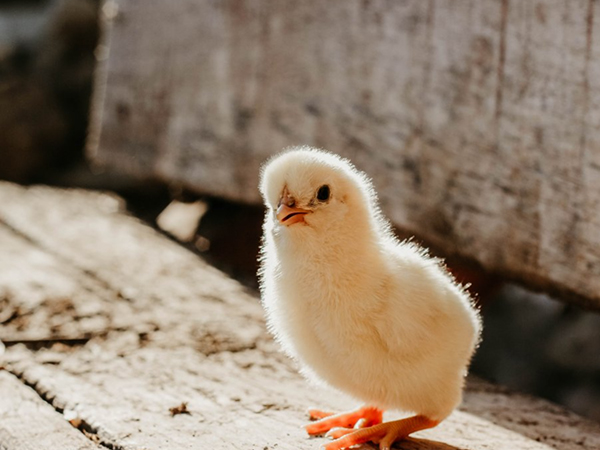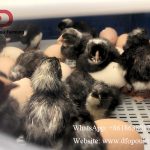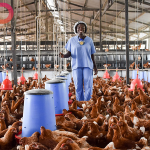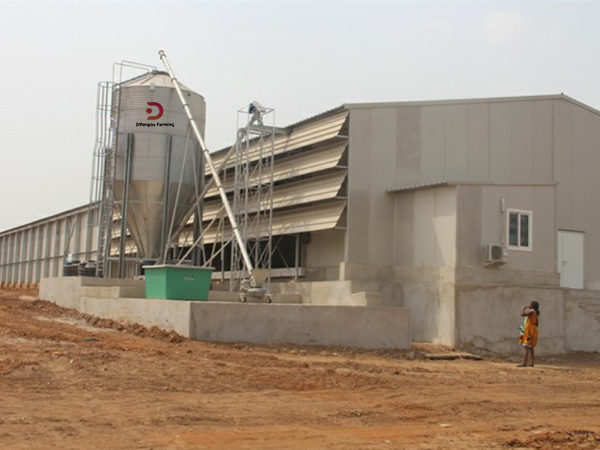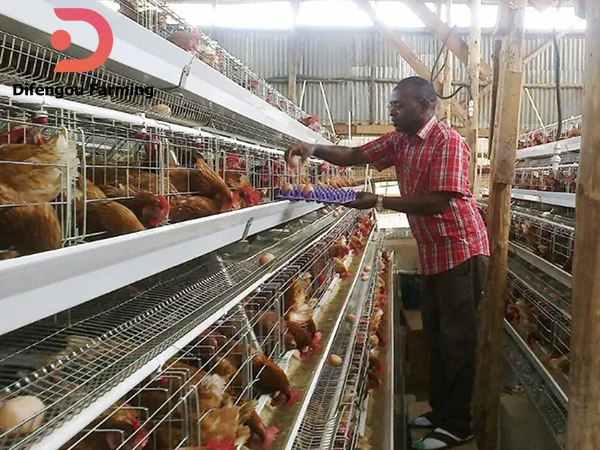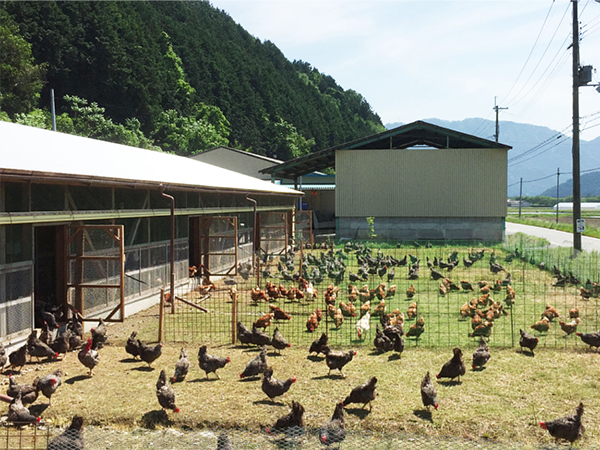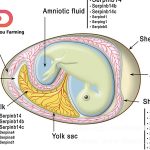Physiological Characteristics and Selection Methods for Chicks
Chicks, referring to chickens aged 0 to 6 weeks, represent a critical focus in poultry production. The cultivation of chicks is a challenging central task, directly impacting the growth, development, survival, future productivity, and breeding value of replacement chickens. This is closely tied to economic efficiency.
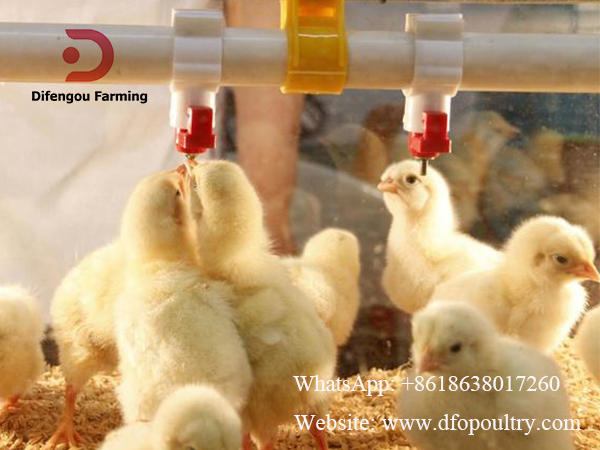
I. Physiological Characteristics of Chicks
Poor Temperature Regulation:
Chicks have a less efficient temperature regulation mechanism compared to adult chickens. Their body temperature is 3°C lower, and they have sparse and short down feathers, thin skin, and less subcutaneous fat, resulting in poor insulation. Temperature regulation improves gradually after two weeks of age. Therefore, maintaining an appropriate brooding temperature is crucial for the health and normal development of chicks.
Rapid Growth and Development:
Chicks exhibit rapid growth and development. At one week of age, their weight is approximately twice their birth weight, reaching about 15 times their birth weight by six weeks. Their early growth requires nutrition that fully meets their needs. Due to their rapid growth, chicks have a high metabolic rate, with oxygen consumption per unit weight being three times that of adult chickens. Adequate ventilation is necessary to fulfill their need for fresh air.
Small Digestive Organs, Weak Digestive Capacity:
The digestive organs of young chicks are still in the developmental stage, with limited intake per meal. Additionally, the secretion function of digestive enzymes is not yet well-established, resulting in poor digestive capacity. Therefore, when formulating chick feed, it is essential to select high-quality, easily digestible ingredients to prepare high-nutrition full-feed.
Low Adaptation to the Environment:
Due to their poor adaptation to the external environment, chicks have weak resistance to various diseases. Negligence in poultry management can lead to diseases in chicks. Within the first 30 days, the immune function of chicks is not fully developed. Despite multiple immunizations, the antibody levels they produce are still insufficient to resist strong pathogenic invasion. Therefore, creating a suitable environment for chicks is crucial.
High Sensitivity:
Broiler chickens are highly sensitive not only to environmental changes but also to the deficiency of certain nutrients due to their rapid growth. Deficiency in certain nutrients can lead to deficiencies, and they are highly sensitive to toxic and harmful substances such as drugs and molds. Therefore, caution is needed in selecting feed ingredients and medications while paying attention to environmental control.
Strong Grouping Tendency, Timid Nature:
Chicks tend to be timid, lack self-defense capabilities, and are relatively nervous. Even slight external stimuli can lead to chaotic flock behavior, affecting normal growth, development, and disease resistance. Therefore, brooding requires a quiet environment. Abnormal noises, disturbances, and novel colors should be prevented. Intrusion by rodents, birds, or pests should also be avoided. Additionally, attention should be paid to the appropriate density of group rearing.
Prone to Dehydration in the Early Stage:
Newly hatched chicks have a water content of over 76%. Prolonged storage in a dry environment can lead to significant water loss during respiration, resulting in dehydration. Dry conditions in the early stages of brooding can also increase water consumption, affecting digestive functions. Therefore, maintaining appropriate humidity during storage, transportation, and the initial stages of brooding can improve chick survival rates.
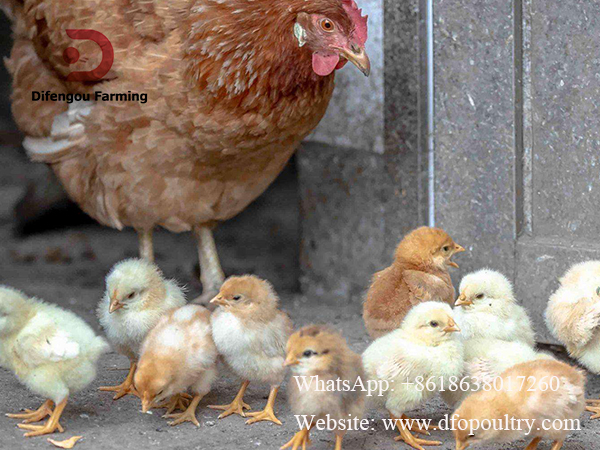
Aversion to Heat and Humidity:
Chickens lack sweat glands and primarily rely on respiration for heat regulation. Consequently, they have poor heat resistance. Prolonged exposure to temperatures above 35°C poses a risk of heat stress and death. However, low temperatures can impact growth, development, and productivity while increasing feed consumption, and reducing economic efficiency. Chickens prefer a warm and dry environment, and humidity is unfavorable as it can lead to various diseases.
Social, Combative, Imitative:
Chickens exhibit strong social tendencies, generally avoiding solitary actions. Just a few days after hatching, they seek companionship, and separation can result in incessant vocalizations. Both roosters and hens have a strong nest recognition ability, quickly adapting to new environments and automatically returning to their original roosting places. They resist the entry of new chickens, engaging in continuous fights until one party is defeated, with roosters being particularly aggressive. Chickens are also prone to imitation, and in intensive farming, if nutritional levels and management techniques lag, behaviors like pecking at the cloaca or feathers may arise. If not addressed promptly, this can lead to significant casualties among the chickens.
Weak Disease Resistance:
Chickens exhibit poor disease resistance in several aspects. Their small lungs are connected to many air sacs, facilitating the easy entry of airborne pathogens into the lungs, air sacs, body cavity, muscles, and bones. Therefore, most contagious diseases in chickens spread through the respiratory tract, resulting in rapid onset, high mortality, and significant losses. The common opening of the chicken’s reproductive tract and excretory opening in the cloaca makes eggs susceptible to contamination from feces and urine, leading to the possibility of oviduct infections. The lack of a diaphragm in the central part of the body cavity makes it easy for abdominal infections to spread to vital organs in the chest. Chickens lack well-formed lymph nodes, and their lymphatic system is not robust, making it challenging to control the flow and spread of pathogens in the body. Compared to ducks and geese, chickens have lower resistance and lower survival rates under similar conditions.
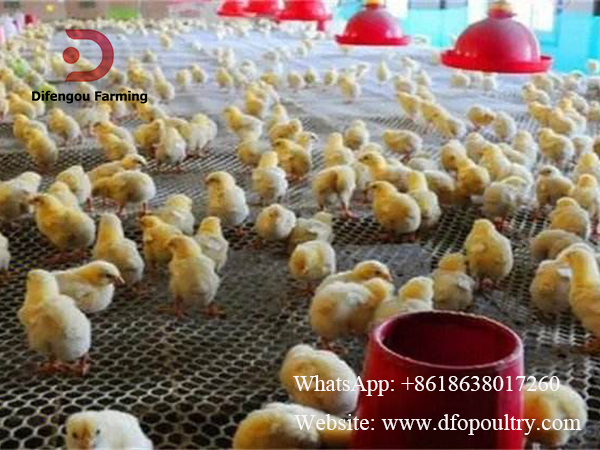
Selection of Egg-Laying Chicken Breeds
Characteristics of Excellent Egg-Laying Chicken Breeds:
① High Egg Production Performance: They should have a very high egg-laying performance, with an annual average egg-laying rate of 75% to 80%, and an average of 16 to 18 kilograms of eggs per hen housed each year.
② Strong Stress Resistance: These breeds should exhibit strong stress resistance, with high immunity, high chick hatching and survival rates, high growth rates, and high survival rates during the egg-laying period.
③ Robust Physical Build: They should have a robust and healthy physique, with abundant energy, capable of sustaining prolonged periods of high egg production.
④ Good Eggshell Quality: The eggshells should be of high quality, maintaining a relatively low rate of egg breakage even in the late egg-laying period and during the summer.
Criteria for Selecting Breeds for Raising Egg-Laying Chickens:
Selecting High Egg-Production Breeds: The primary goal in raising egg-laying chickens is to obtain a high quantity of eggs. Therefore, the most important criterion in selecting breeds is to look at their production performance, especially their egg-laying capacity. Modern commercial hybrid chickens mature early, starting to lay eggs at 20 weeks, and reaching the peak egg-laying period at 25 to 26 weeks. Under favorable management conditions, they can maintain an egg-laying rate of 90% or higher for more than 10 weeks, with an annual egg mass of up to 18 kilograms per chicken. As mentioned earlier, major breeding companies provide information on the production performance of their egg-laying breeds, and some even include standard egg-laying curves, allowing breeders to make choices based on their specific needs.
Choosing Breeds with High Feed Efficiency: Feed efficiency is represented by the feed-to-egg ratio, indicating the amount of feed (in kilograms) needed to produce 1 kilogram of eggs. The lower the feed-to-egg ratio, the higher the feed efficiency. If egg-laying chickens can produce more eggs with less feed, it will undoubtedly improve economic efficiency. Currently, large breeding companies, both domestically and internationally, provide information on the feed-to-egg ratio for their egg-laying breeds. Therefore, when selecting high-quality breeds, breeders should consider both egg production and feed efficiency to find an ideal breed for raising.
Choosing Based on Market Demand: The selection of egg-laying chicken breeds should consider the local market demand. If brown eggs are prevalent in the local market, then brown egg-laying breeds should be chosen. In China and most of Asia, consumers prefer brown eggs. If the local market favors white-shelled eggs, then breeds producing white-shelled eggs should be chosen. If the local market values larger eggs, and larger eggs are priced higher than smaller ones, then it’s advisable to choose breeds like the Lohmann Brown, as they produce larger eggs compared to breeds like the New Hampshire and Hylan Brown. In regions where small eggs are popular or where eggs are priced per piece, breeds with smaller body sizes and egg weights can be raised. In some places in China, although certain egg-laying breeds have lower egg production, the quality of the eggs is excellent, making them highly sought after by consumers, and their prices are even higher than eggs produced by imported egg-laying breeds. Especially in recent years, with the increase in people’s awareness of safety, green practices, environmental protection, and health, developing locally distinctive breeds of egg-laying chickens (native egg-laying chickens) has great potential. In areas with suitable conditions, free-range native egg-laying chickens can be considered.

Choosing Based on Local Climate Conditions: When selecting breeds for raising, an analysis of the breeding methods, climate, and environmental conditions of the breed’s origin should be conducted and compared with the conditions at the introduction site. This helps in selecting excellent breeds that are robust, have high survival rates, and are suitable for local breeding. During the introduction process, both the breed’s production performance and whether there is a significant difference between the environmental conditions of the introduction site and the breed’s place of origin should be considered. For example, in the cold winters of the northern regions, larger and cold-resistant breeds can be selected for breeding. In the southern regions, where hot summers are prevalent and can cause stress, smaller breeds with strong heat resistance can be chosen.
Choosing Based on One’s Farming Level: In places where farming experience is insufficient, and the survival rate of chickens is relatively low, breeds with strong disease resistance and stress resistance should be the first choice. For farmers with some farming experience, reasonable chicken house design, and strong capabilities in controlling the chicken house environment, breeds with outstanding egg-laying performance can be chosen. When selecting egg-laying breeds, it is also necessary to consider the individual’s familiarity with the characteristics and farming habits of each breed. For example, if someone has been raising Lohmann Brown egg-laying chickens and is very familiar with their habits, management, and disease prevention, it is best to choose Lohmann Brown egg-laying chickens for breeding.

